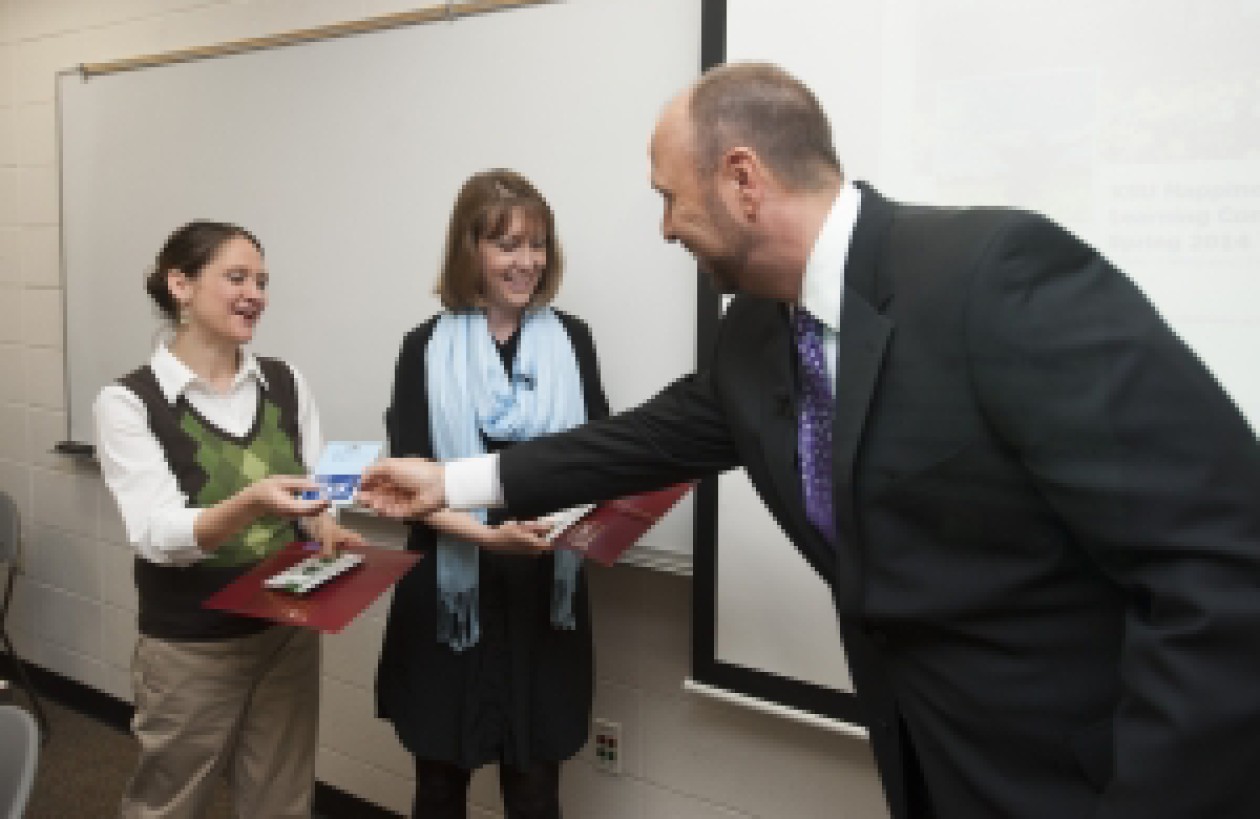I am so pleased to report that 11 Alive News has aired a segment about the work that I have done with my colleague and…
Leave a CommentTag: composition
Burke’s Metaphor for the “Unending Conversation” “Imagine that you enter a parlor. You come late. When you arrive, others have long preceded you, and they…
Leave a CommentVideo Essays: Engaging Students As Producers of Digital Texts Athens, Georgia; Friday, 9:00-9:45; Room TU I ask students to make video documentary essays in…
Leave a CommentComposing on the Screen: How Multimodal Composition Can Enhance the Teaching of Writing Savannah, Georgia; February 8, 2013; Room 210; 1:40-2:40 PM Below is the…
Leave a CommentCopyright or Copy Wrong: Navigating Copyright and Fair Use in Student Video Assignments 9:45-11:00 a.m. Room 212 This session will explore some of the…
Leave a CommentComposition for Change: Documentary Projects in First-Year Composition Courses
This presentation will review how students can create documentaries to reach a wide and real audience as they propose solutions to the most important issues of the day. The speaker will also address concerns with multimedia assignments, such as considerations of copyright and fair use as students navigate the right-click digital age.
Student Produced Documentaries in First-Year Composition
1) Multimodal Composition and the use of documentaries in first-year composition courses was the basis for the mixed methods case study I conducted last year as the subject of my dissertation.
In my study, students reported that multimodal composition:
- Allows for more engagement with topics
- Creates a heightened sense of audience awareness and gives more purpose to their arguments
- Presents the opportunity for more personal expression through textual, visual and aural outlets
- Teaches time management, organization and research skills
- Builds self-confidence in communication and technical skills
- Provides a beneficial resource for professional communication
2) The proposal documentary assignment:
- Asks students to identify a local, regional, national or global problem and offer viable solutions that can be implemented by members of the community
- Asks students to use similar research, organization and rhetorical skills used in traditional academic writing
- Gives students an opportunity to add elements of visual and aural rhetoric into their understanding of persuasion
- Allows students to become critical producers and consumers of media (Anderson)
- Asks that students publish their work to the world via YouTube and opens the classroom to discussion about how their compositions can influence their community and society (critical teaching pedagogy)
- Opens the writing classroom to the issues of copyright, Fair Use and Creative Co
Computers and Composition Online, Spring 2010 This is it. My first official publication.
Leave a CommentRife, Martine Courant. “The Fair Use Doctrine: History, Application, and Implications for (New Media) Writing Teachers.” Computers and Composition. 24.1, 2007: 154-178. Rife provides a…
Leave a CommentBirdsell, David S. and Groarke, Leo. “Toward a Theory of Visual Argument” Visual Rhetoric in a Visual World: A Critical Sourcebook. Ed. Carolyn Handa. Boston:…
Leave a Comment